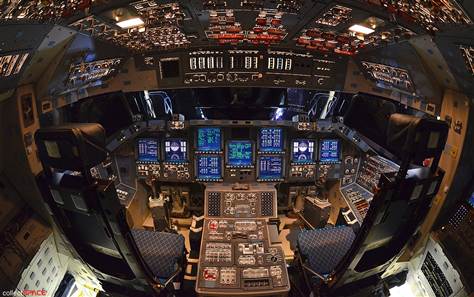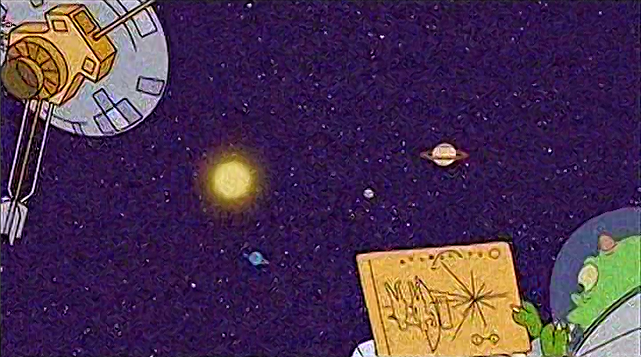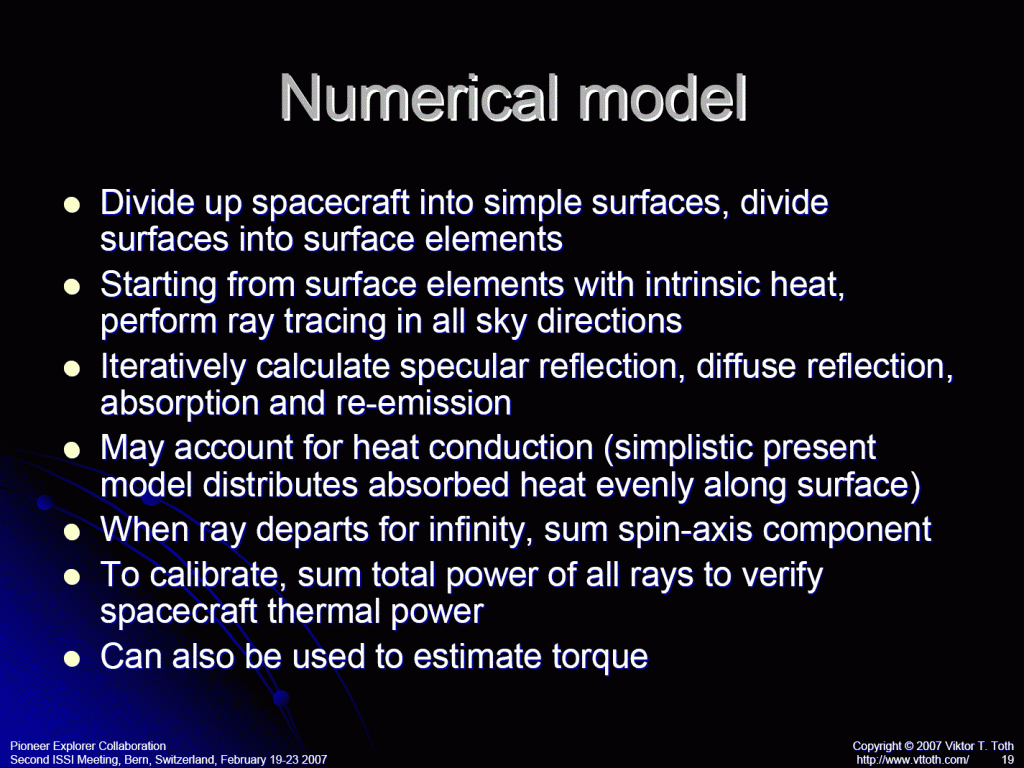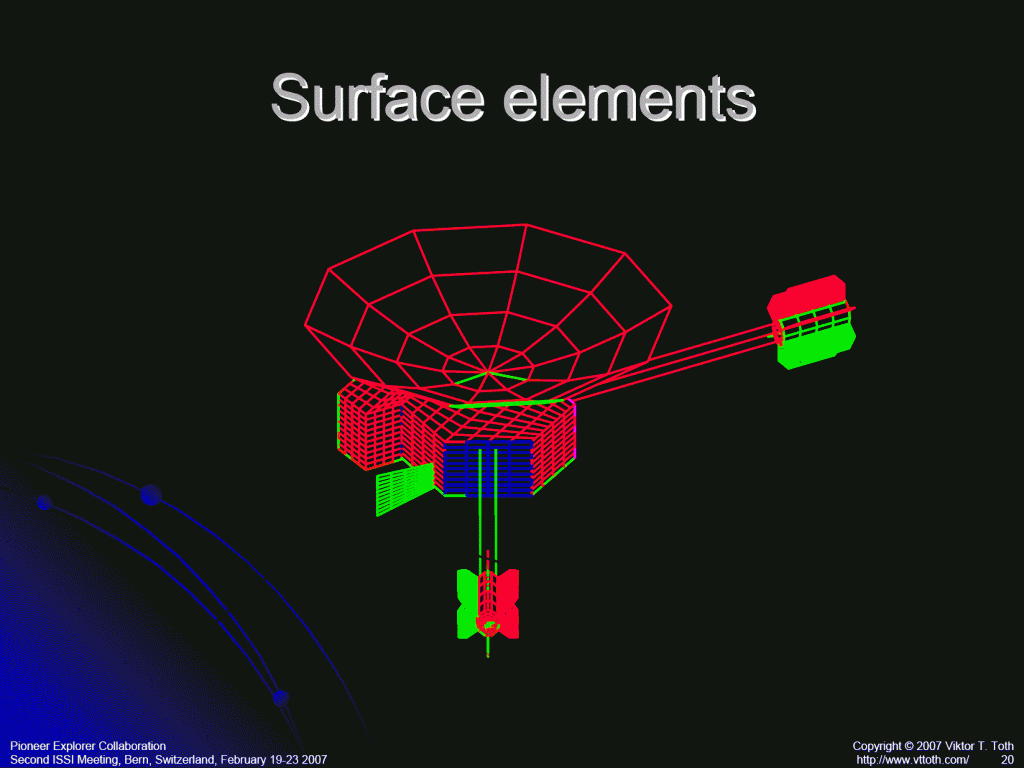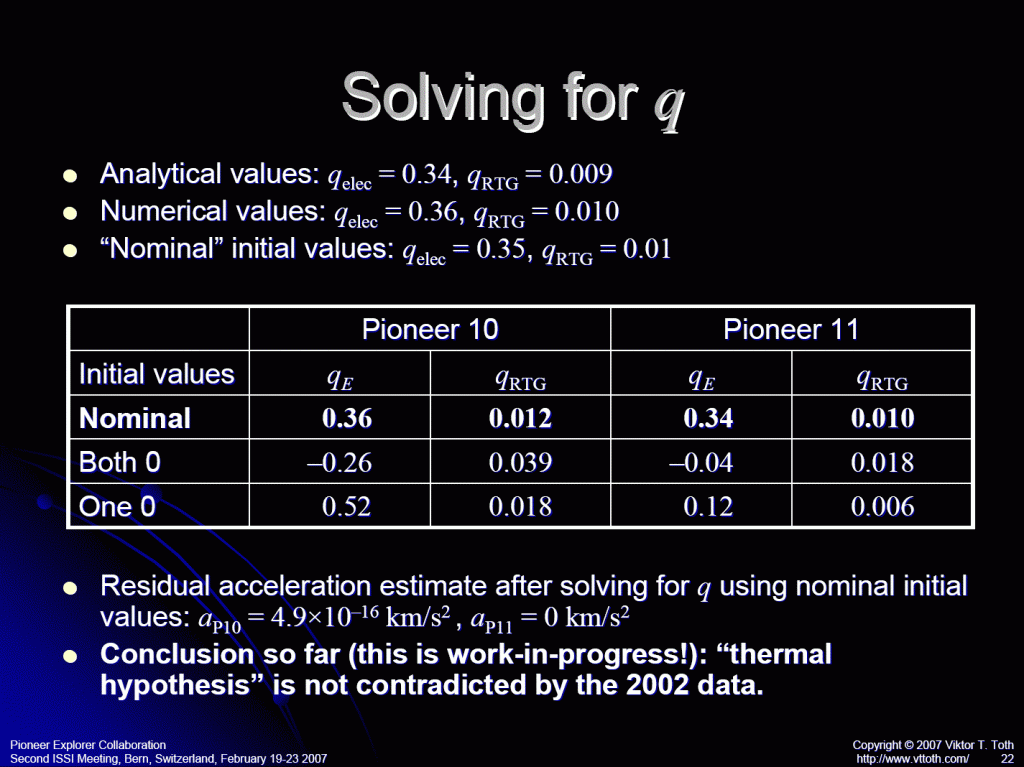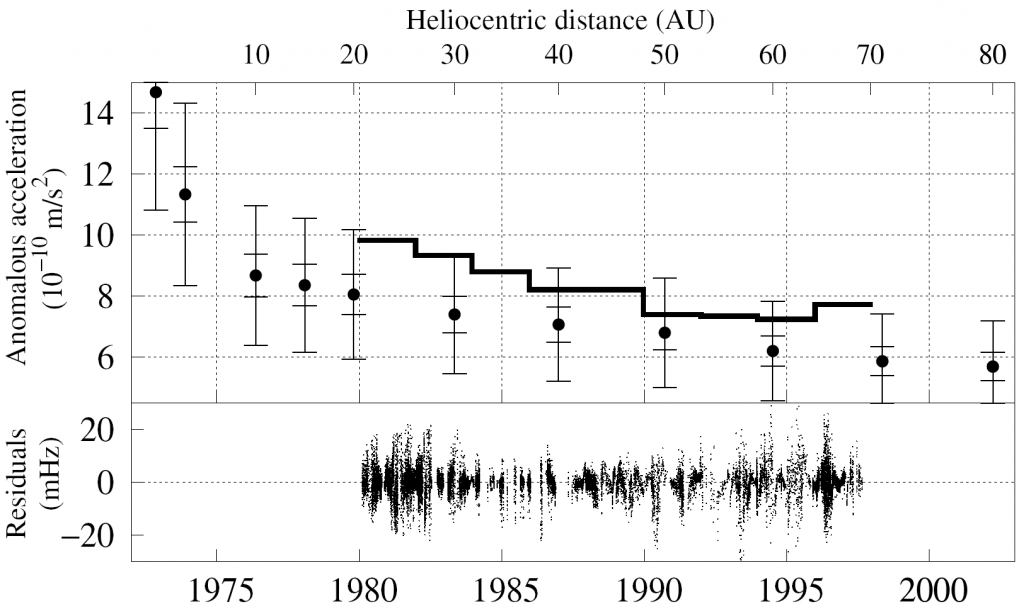According to astronauts on board the ISS, the interior of the SpaceX capsule has a “new car smell“. Seeing the world’s first commercial spacecraft dock with the ISS successfully is, well, awesome I think is an appropriate word here.
The Dragon capsule of SpaceX Corporation is on its way after a successful launch towards the International Space Station. If all goes well, it will dock with the ISS in two days’ time, making it the first commercial spacecraft to do so, and paving the way to eventual human flight to the ISS on board commercial vehicles. This really is the beginning of a new era.
And the end of an old one. The ashes of James Doohan, better known as Scotty to Star Trek fans, are reportedly on board the Dragon capsule, to fulfil the actor’s final wishes.
Here is a photograph of the cockpit of the Space Shuttle Endeavour, powered up for the very last time ever:
It is an emotional moment. But we must not let those emotions get in the way of reason. The Shuttle program swallowed up huge amounts of money and these orbiters, however wonderful, didn’t really take humanity anywhere.
Just consider: the Shuttle flew a few hundred kilometers from the surface of planet Earth. That is one one-thousandths (!) of the distance to the Moon, visited by Apollo astronauts over 40 years ago. But no human has been beyond Low Earth Orbit (LEO) since Apollo 17 flew in late 1972. Now if all goes well, in a few short years one of the very first missions of NASA’s new spacecraft, the Orion capsule, may take humans beyond the Moon, to the L2 Lagrange point. At last, this is real exploration again… not just a routine (albeit dangerous) taxiing between the surface and LEO.
And the taxiing is not going to stop for Americans. The Dragon capsule of SpaceX corporation is set to fly to the International Space Station next week. It is still an unmanned flight but if all goes well, perhaps the next time they’ll ferry not just cargo but also people.
In 2004, NASA landed two rovers on Mars, Spirit and Opportunity. Both far surpassed expectations, operating much longer than their planned design lifetime of 6 months.
Spirit was ultimately lost in 2010, but Opportunity, having spent the last five months in hibernation during the Martian winter, is now driving again. It is amazing that this machine is still functioning. Imagine leaving a solar powered remote control toy in the sandy desert somewhere. How long would it survive and remain drivable?
It’s one setback after another, sometimes with tragic consequences.
Last year it was Phobos-Grunt, Russia’s attempt to return to deep space beyond Earth orbit after a 15-year hiatus. Alas, Phobos-Grunt never managed to go too far… it failed to reach escape orbit and eventually fell back to the Earth.
And now, it’s the Sukhoi Superjet’s turn. After more than two decades, Russia is again trying to capture a small segment of the passenger jet market. Their demonstration model was on an Asian tour, trying to impress new customers. Well, they certainly created an impression… just not the impression they were hoping for. More tragically, 48 souls perished.
I suppose that from a Canadian (or Brazilian) perspective, this should be considered “good news”, since the Sukhoi Superjet 100 is intended to compete in a market that is dominated by Canada’s Bombardier and Brazil’s Embraer. But I don’t find this comforting. In fact, for the sake of the future of Russia’s commercial jet industry, I hope that this tragic accident will turn out to be a case of pilot error. Controlled flight into terrain.
Everyone who saw the 1986 disaster of the space shuttle Challenger remembers the words from mission control: “Flight control is here looking very carefully at the situation, obviously a major malfunction.”
I was watching a newly surfaced home video of the explosion courtesy of The Huffington Post. (Well worth watching. In particular, notice just how cold it must have been that morning, as evidenced by the clothing people wore.) This led me to a link about Steve Nesbitt, the NASA communications officer who uttered those sad but memorable words.
By the time NASA was ready to fly shuttles again, Nesbitt was already promoted to a new position. But he asked his bosses to be the announcer for the next flight, because “the last one ended rather badly.” Thus he became the voice of NASA in September 1988, when Discovery flew.
Nesbitt retired last year and the shuttles are now heading to museums. But, I admit, the emotional impact of the failed launch of Challenger remains just as strong today as it was 26 years ago.
The Space Shuttle Discovery is on its way to its final resting place.
Many lament the end of the Shuttle program. They shouldn’t. Beautiful as these machines were, they really stifled the American space program. For decades, countless billions of dollars were spent… on going around, and around, and around, in low-Earth orbit, ultimately getting nowhere.
When Barack Obama opted for a variant of the Augustine Commission‘s “flexible path” approach, some pundits called it the end of America’s space dominance. I think the contrary is true. Instead of opting for an overly ambitious but ultimately unrealistic space program that would eventually die on the floors of Congress due to lack of funding, Obama chose a space program that places the emphasis on sustainable development: a long term vision of expanding human presence beyond Earth orbit in the solar system, not necessarily with spectacular landings on Mars (however desirable such a landing may be, it’s also insanely risky and expensive) but with building the infrastructure for a permanent human presence beyond the protective shield of the Earth’s radiation belts.
At the very end of tonight’s episode of The Simpsons, just before the end credits, we caught a brief glimpse of Pioneer 10 (or was it 11?), along with an extraterrestrial intently studying Carl Sagan’s famous golden plaque.
But wait a minute… stupid alien is holding the plaque upside-down. No wonder he can’t make sense of it.
And they didn’t get the shape of the RTG fins right. Can’t really blame them; way too many artistic depictions of Pioneer show the generators with the small, rectangular fins that, I believe, were on (non-nuclear) engineering mockups used during testing.
Our second short paper has been accepted for publication in Physical Review Letters.
I have been involved with Pioneer 10 and 11 in some fashion since about 2002, when I first began corresponding with Larry Kellogg about the possibility of resurrecting the telemetry data set. It is thanks the Larry’s stamina and conscientiousness that the data set survived.
I have been involved actively in the research of the Pioneer anomaly since 2005. Seven years! Hard to believe.
This widely reported anomaly concerns the fact that when the orbits of Pioneer 10 and 11 are accurately modeled, a discrepancy exists between the modeled and measured frequency of the radio signal. This discrepancy can be resolved by assuming an unknown force that pushes Pioneer 10 an 11 towards the Earth or the Sun (from that far away, these two directions nearly coincide and cannot really be told apart.)
One purpose of our investigation was to find out the magnitude of the force that arises as the spacecraft radiates different amounts of heat in different directions. This is the concept of a photon rocket. A ray of light carries momentum. Hard as it may appear to believe at first, when you hold a flashlight in your hands and turn it on, the flashlight will push your hand backwards by a tiny force. (How tiny? If it is a 1 W bulb that is perfectly efficient and perfectly focused, the force will be equivalent to about one third of one millionth of a gram of weight.)
On Pioneer 10 and 11, we have two main heat sources. First, there is electrical heat: all the instruments on board use about 100 W of electricity, most of which is converted into heat. Second, electricity is produced, very inefficiently, by a set of four radioisotope thermoelectric generators (RTGs); these produce more than 2 kW of waste heat. All this heat has to go somewhere, and most of this heat will be dissipated preferably in one direction, behind the spacecraft’s large dish antenna, which is always pointed towards the Earth.
The controversial question was, how much? How efficiently is this heat converted into force?
I first constructed a viable thermal model for Pioneer 10 back in 2006. I presented results from custom ray-tracing code at the Pioneer Explorer Collaboration meeting at the International Space Science Institute in Bern, Switzerland in February 2007:
With this, I confirmed what has already been suspected by others—notably, Katz (Phys. Rev. Letters 83:9, 1892, 1999); Murphy (Phys. Rev. Letters 83:9, 1890, 1999); and Scheffer (Phys. Rev. D, 67:8, 084021, 2003)—that the magnitude of the thermal recoil force is indeed comparable to the anomalous acceleration. Moreover, I established that the thermal recoil force is very accurately described as a simple linear combination of heat from two heat sources: electrical heat and heat from the RTGs. The thermal acceleration \(a\) is, in fact
$$a=\frac{1}{mc}(\eta_{\rm rtg}P_{\rm rtg} + \eta_{\rm elec}P_{\rm elec}),$$
where \(c\simeq 300,000~{\rm km/s}\) is the speed of light, \(m\simeq 250~{\rm kg}\) is the mass of the spacecraft, \(P_{\rm rtg}\sim 2~{\rm kW}\) and \(P_{\rm elec}\sim 100~\rm {W}\) are the RTG heat and electrical heat, respectively, and \(\eta_{\rm rtg}\) and \(\eta_{\rm elec}\) are “efficiency factors”.
This simple force model is very useful because it can be incorporated directly into the orbital model of the spacecraft.
In the years since, the group led by Gary Kinsella constructed a very thorough and comprehensive model of the Pioneer spacecraft, using the same software tools (not to mention considerable expertise) that they use for “live” spacecraft. With this model, they were able to predict the thermal recoil force with the greatest accuracy possible, at different points along the trajectory of the spacecraft. The result can be compared directly to the acceleration that is “measured”; i.e., the acceleration that is needed to model the radio signal accurately:
In this plot, the step-function like curve (thick line) is the acceleration deduced from the radio signal frequency. The data points with vertical error bars represent the recoil force calculated from the thermal model. They are rather close. The relatively large error bars are due primarily to the fact that we simply don’t know what happened to the white paint that coated the RTGs. These were hot (the RTGs were sizzling hot even in deep space) and subjected to solar radiation (ultraviolet light and charged particles) so the properties of the paint may have changed significantly over time… we just don’t know how. The lower part of the plot shows just how well the radio signal is modeled; the average residual is less than 5 mHz. The actual frequency of the radio signal is 2 GHz, so this represents a modeling accuracy of less than one part in 100 billion, over the course of nearly 20 years.
In terms of the above-mentioned efficiency factors, the model of Gary’s group yielded \(\eta_{\rm rtg}=0.0104\) and \(\eta_{\rm elec}=0.406\).
But then, as I said, we also incorporated the thermal recoil force directly into the Doppler analysis that was carried out by Jordan Ellis. Jordan found best-fit residuals at \(\eta_{\rm rtg}=0.0144\) and \(\eta_{\rm elec}=0.480\). These are somewhat larger than the values from the thermal model. But how much larger?
We found that the best way to answer this question was to plot the two results in the parameter space defined by these two efficiency factors:
The dashed ellipse here represents the estimates from the thermal model and their associated uncertainty. The ellipse is elongated horizontally, because the largest source of uncertainty, the degradation of RTG paint, affects only the \(\eta_{\rm rtg}\) factor.
The dotted ellipse represents the estimates from radio signal measurements. The formal error of these estimates is very small (the error ellipse would be invisibly tiny). These formal errors, however, are calculated by assuming that the error in every one of the tens of thousands of Doppler measurements arises independently. In reality, this is not the case: the Doppler measurements are insanely accurate, any errors that occur are a result of systematic mismodeling, e.g., caused by our inadequate knowledge of the solar system. This inflates the error ellipse and that is what was shown in this plot.
Looking at this plot was what allowed us to close our analysis with the words, “We therefore conclude that at the present level of our knowledge of the Pioneer 10 spacecraft and its trajectory, no statistically significant acceleration anomaly exists.”
Are there any caveats? Not really, I don’t think, but there are still some unexplored questions. Applying this research to Pioneer 11 (I expect no surprises there, but we have not done this in a systematic fashion). Modeling the spin rate change of the two spacecraft. Making use of radio signal strength measurements, which can give us clues about the precise orientation of the spacecraft. Testing the paint that was used on the RTGs in a thermal vacuum chamber. Accounting for outgassing. These are all interesting issues but it is quite unlikely that they will alter our main conclusion.
On several occasions when I gave talks about Pioneer, I used a slide that said, in big friendly letters,
PIONEER 10/11 ARE THE MOST PRECISELY NAVIGATED DEEP SPACE CRAFT TO DATE.
And they confirmed the predictions of Newton and Einstein, with spectacular accuracy, by measuring the gravitational field of the Sun in situ, all the way up to about about 70 astronomical units (the distance of the Earth from the Sun).
Other countries have launched satellites to observe the Earth; observe the Sun; observe the stars; perform physical, chemical, or biological experiments in space; or even for military purposes. But here is a first: trust a Swiss team to propose a microsatellite specifically designed to capture orbital junk and drag it back to the atmosphere to burn it up.
Normally, I would get tremendously excited to hear about a serious proposal to establish a permanent lunar colony. (Where do I sign up?)
Unfortunately, when Newt Gingrich floated this idea while campaigning in Florida, I did not feel excited at all. That is because I have very little doubt that this was simply an exercise in transparent political opportunism. Mr. Gingrich is hoping to gain some votes in the Space Coast, but I suspect that even residents there, whose livelihood for a long time has depended on a healthy space program, will see through his blatant pandering.
NASA’s week of mourning begins tomorrow. The three deadly accidents in NASA’s history all happened in late January/early February. Apollo 1 caught fire 45 years ago on January 27, 1967, killing Grissom, White and Chaffee. Challenger exploded 26 years ago, on January 28, 1986, killing all seven on board. And Columbia broke up during reentry on February 1, 2003, just nine years ago, killing another seven people. Why these accidents all happened during the same calendar week remains a mystery.
When I write about things like precision orbit determination, I often have to discuss the difference between ephemeris time (ET) and coordinated universal time (UTC). ET is a “clean” time scale: it is essentially the time coordinate of an inertial coordinate frame that is attached to the barycenter of the solar system. On the other hand, UTC is “messy”: it is the time kept by noninertial clocks sitting here on the surface of the Earth. But the fact that terrestrial clocks sit inside the Earth’s gravity well and are subject to acceleration is only part of the picture. There are also those blasted leap seconds. It is because of leap seconds that terrestrial atomic time (TAI) and UTC differ.
Leap seconds arise because we insist on using an inherently wobbly planet as our time standard. The Earth wobbles, sometimes unpredictably (for instance, after a major earthquake) and we mess with our clocks. Quite pointlessly, as a matter of fact. And now, we missed another chance to get rid of this abomination: the International Telecommunication Union failed to achieve consensus, and any decision is postponed until 2015.
For the curious, an approximate formula to convert between TAI and ET is given by ET – TAI = 32.184 + 1.657×10–3 sin E, where E = M + 0.01671 sin M, M = 6.239996 + 1.99096871×10–7 t and t is the time in seconds since J2000 (that is, noon, January 1, 2000, TAI). To convert TAI to UTC, additional leap seconds must be added: 10 seconds for all dates prior to 1972, and then additional leap seconds depending on the date. Most inelegant.
Speaking of leap this and that, I think it’s also high time to get rid of daylight savings time. Its benefits are dubious at best, and I find the practice unnecessarily disruptive.
Has NASA nothing better to do than harass aging astronauts such as Jim Lovell who, some forty years after having survived a near-fatal accident in deep space (caused by NASA’s negligent storage and handling of an oxygen tank), is auctioning off a checklist containing his handwritten notes? A checklist that, had it remained in NASA’s possession, would likely have ended up in a dumpster decades ago?
This is so not kosher. Let Lovell sell his memorabilia in peace. If anyone has a right to do it, the survivors of Apollo 13 certainly do.
Here is a fascinating view of the India-Pakistan border, from the International Space Station:
Notice that strange orange line intersecting the landscape. Yes, that’s the border alright. It’s lit by floodlights along its entire length.
In 1968, the crew of Apollo 8, for the first time in the history of humanity, disappeared behind another celestial body. When they re-emerged on the other side and saw the Earth rise over the lunar landscape, on much of the Earth it was Christmas Day.
And this is when they sent us Earthlings a Christmas message, which ended with the words, “And from the crew of Apollo 8, we close with good night, good luck, a merry Christmas, and God bless all of you, all of you on the good Earth.”
You don’t need to be religious to find this moment awe-inspiring.
If at first you don’t succeed, try and try again… 18 times?
Fobos-Grunt is stuck in low Earth orbit and may be unsalvagable. The engines that were supposed to place it on a Mars-bound trajectory failed to start. In a few days, the probe may fall back to the Earth, raising concerns about tons of toxic hydrazine and nitrogen tetroxide fuel on board.
My fingers are firmly crossed. This is Russia’s first attempt to launch an interplanetary spacecraft since the 1996 failure of Mars 96, and a very ambitious attempt indeed, with a planned sample return from the Mars moon Phobos. Whatever it is that went wrong, I hope they can fix it in time.
Prior to Fobos-Grunt, Russia tried to launch a Mars probe 18 times. All were failures or partial failures, with only a few of them operating for a limited time after reaching Mars.
I am reading an article in Science about the efforts of people like planetary scientist David Morrison to allay fears concerning a prophesied collision between the Earth and the mythical planet Nibiru. Apparently, some folks are taking this pseudoscientific hogwash so seriously, they are even contemplating suicide. Good people like Morrison are trying to talk sense into them.
Perhaps they shouldn’t. Here is my message: go ahead, kill yourself. That means that for the rest of us, 2013 will be a happier year, because fewer idiots will roam the Earth.
But just to demonstrate that I am not all arrogant and cruel, here’s another option: you can always choose to come to your senses before December 21, 2012, realize that stuff in Hollywood movies should not be confused with real life, and go on living.
Our paper on the temporal behavior of the anomalous acceleration of Pioneer 10 and 11 is now published online by Physical Review Letters, and it is an Editor’s Suggestion, featured in Physical Review Focus.
As I’ve been asked about this more than once before, I thought I’d write down an answer to a simple question concerning the Pioneer spacecraft: if the “thermal hypothesis”, namely that the spacecraft are decelerating due to the heat they radiate, is true, how come this deceleration diminishes more rapidly, with a half-life of 20-odd years, than the primary heat source on board, which is plutonium-238 fuel with a half-life of 87.74 years?
The answer is simple: there are other half-lives on board. Notably, the half-life of the efficiency of the thermocouples that convert the heat of plutonium into electricity.
Now most of that heat from plutonium is simply wasted; it is radiated away, and while it may produce a recoil force, it does so with very low efficiency, say, 1%. The thermocouples convert about 6% of heat into electricity, but as the plutonium fuel cools and the thermocouples age, their efficiency decreases (this is in fact measurable, as telemetry tells us exactly how much electricity was generated on board at any given moment.) All that electrical energy has to go somewhere… and indeed it does, powering all on-board instrumentation that, like a home computer, ultimately turn all the energy they consume into heat. This heat is radiated away, and it is in fact converted into a recoil force with an efficiency of about 40%.
These are all the numbers we need. The recoil force, then, will be proportional to 1% of 100% − 6% = 94% plus 40% of 6% of the total thermal power (say, 2500 W at the beginning). The total power will decrease at a rate of \(2^{-T/87.74}\), so after \(T\) number of years, it will be \(2500\times 2^{-T/87.74}\) W. As to the thermocouple efficiency, its half-life may be around 30 years; so the electrical conversion efficiency goes from 6% to \(6\times 2^{-T/30.0}\) % after \(T\) years.
So the overall recoil force can be calculated as being proportional to
$$P(T)=2500\times 2^{-T/87.74}\times\left\{\left[1-0.06\times 2^{-T/30.0}\right]\times 0.01+0.06\times 2^{-T/30.0}\times 0.4\right\}.$$
(This actually gives a result in watts. To convert it into an actual force, we need to divide by the speed of light, 300,000,000 m/s.) With a bit of simple algebra, this formula can be simplified to
$$P(T)=25.0\times 2^{-T/87.74}+58.5\times 2^{-T/22.36}.$$
The most curious thing about this result is that the recoil force is dominated by a term that has a half-life of only 22.36 years… which is less than the half-life of either the plutonium fuel or the thermocouple efficiency.
The numbers I used are not the actual numbers from telemetry (though they are not too far from reality) but this calculation still demonstrates the fallacy of the argument that just because the power source has a specific half-life, the thermal recoil force must have the same half-life.
